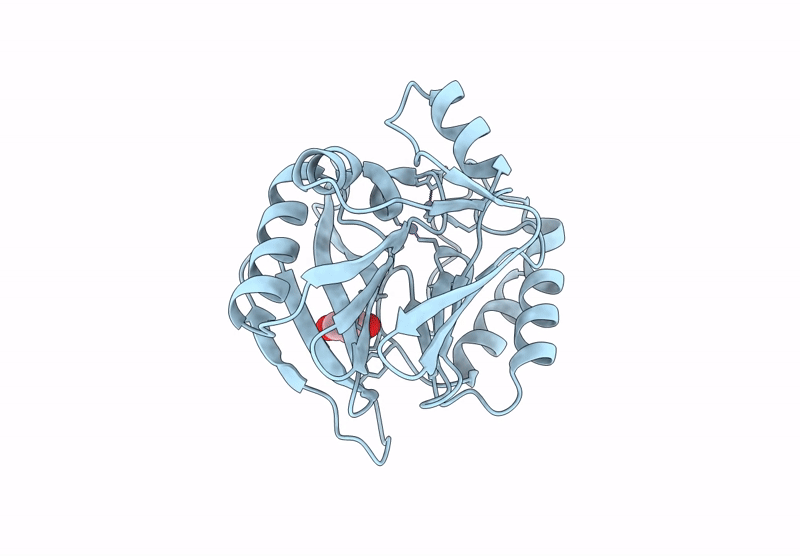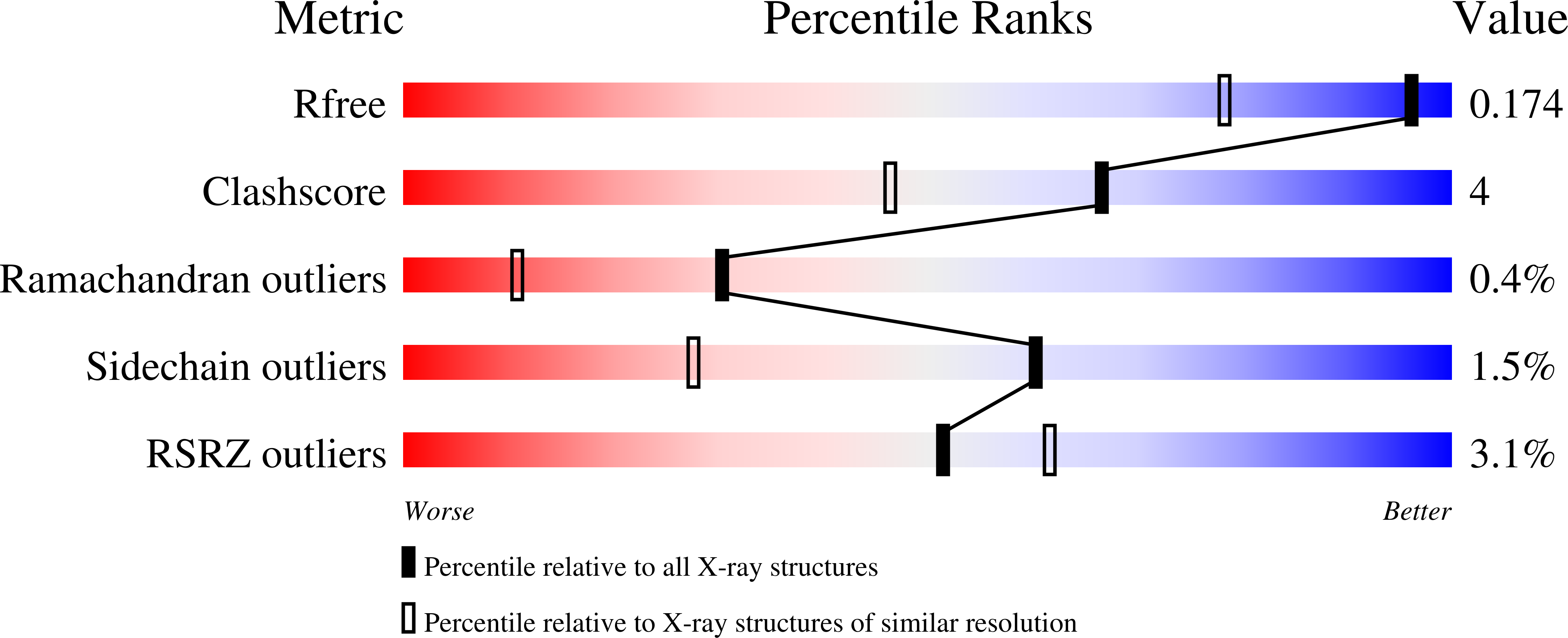
Deposition Date
2024-09-28
Release Date
2025-07-09
Last Version Date
2025-08-13
Entry Detail
PDB ID:
9GX9
Keywords:
Title:
Crystal structure of CJO-1, a membrane-bound B1 metallo-beta-lactamase from Chryseobacterium joostei
Biological Source:
Source Organism:
Chryseobacterium joostei (Taxon ID: 112234)
Host Organism:
Method Details:
Experimental Method:
Resolution:
1.34 Å
R-Value Free:
0.17
R-Value Work:
0.14
R-Value Observed:
0.14
Space Group:
C 2 2 21


